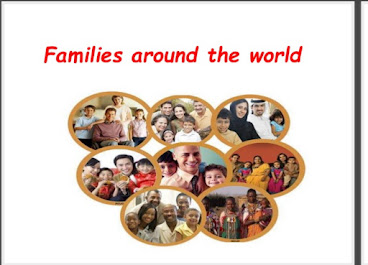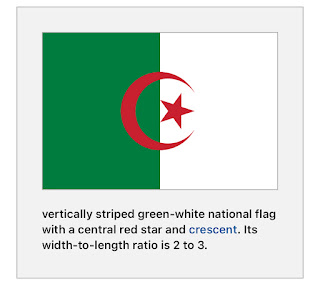The Personal Side of Bias, Prejudice, and Oppression
The oppression Tree: Facilitation Tool
When looking at the different plat forms whether it's social media, newspapers, television, daily activities around the community. There is always some kind of bias, prejudice and oppression, sadly to say that miniorties we as a culture have been dealing with this for years!! It's just now the last few years that the rest of the world eyes were opened to what miniorties have been saying.
One of side of bias and oppression, that I have recently read about is the story about former Buffalo, Ny officer Cariol Horne
Former Buffalo, NY officer Cariol Horne, was an fired in 2008 for intervening when a white colleague employed a chokehold on a black man. Ms. Horne did not only get fired, but she lost all pay and pension. This story stood out to me for the reason that this is a woman and of color, she has gotten penalized for her doing the right thing, for calling out a unacceptable behavior of a colleague. This situation also has me think of the microaggression that Dr. Sue had mentioned in his media clip. "psychological dilemmas associated with microaggression; clash of racial realties and the catch 22" (Laureate Education (producer)(2011). Luckly recently Cariol Horne was just award back all of her pay from when she was fired and her penison, that decision was made by a New York judge.
This story is one of the few that ended up with a positive endeding that did not envolve someone dying. Yes, the loss of financical strain, emotional toll that it may have caused, with people of all colors, age , nationality standing up for what is right things seems to be looking up.
In the beginning of my post I mentioned that social media is one of the ways that bias, prejudice and oppression plays apart in our environment. Prejudice has always been a big part of our society, it is just more evident now. Here is another example of how social media can elevate a situation that many of us would not of heard about if it was not for "cell phones" and other media outlets like instagram/ facebook.
This next story/ situation, takes place in Pentland, Columbia South Carolina. This situation stemed from a young black man walking around a neighboor hood of which he lives in. This situation was flimed by a cell phone and uploaded to the different sights such as facebook and instagram. The bias that is happening in this situation is that the white male believes that this young man can not live in that neighboor hood because he never seen him before. The man went so far to questioning the young black boy on where her lives exactly (house number and street) to how long has he been there. When we look at how far minorities have come in being home owners, business men/women, president and now vice president, why do it still seem like that miniorties have to be explain themselves, so this situation does diminish some equity.
The question was asked, what and/or who would have to change in order to turn this indicent into an opportunity for greater equity?
In the first situation, Cariol Horne the people that were working on her case in the justice system help change her situation even though it was years late. In order for this not to happen again is within the police department, the "hornable" police that are working need to make choices that will help impact a postitve change within the police force among each other, without of fear of being targets themselves. In the second situation with the Pentland, Columbia South Carolina, in order for this to change it has to be the people in the neighboor hood to help make this a teachable momment. For example, take this situation and see where did it go wrong from. Yes, what had happened was uncalled for therefore, the question now is how can we learn from this? change the way we think! ask ourselves do we really know who we are surrounded by? The people living in this neighboorhood, should take this time to meet one another and possibly have a conversation. Effective conversation is the only way that real change will be made. Yes the army staff sargent Jonathan was completely wrong and he has his consequences, now it's time to make changes to "us" so it will not happen again.
References
Laureate Education (producer).(2011). Microaggression in everyday life. [Video file]. Retrieved from http://class.waldenu.edu











